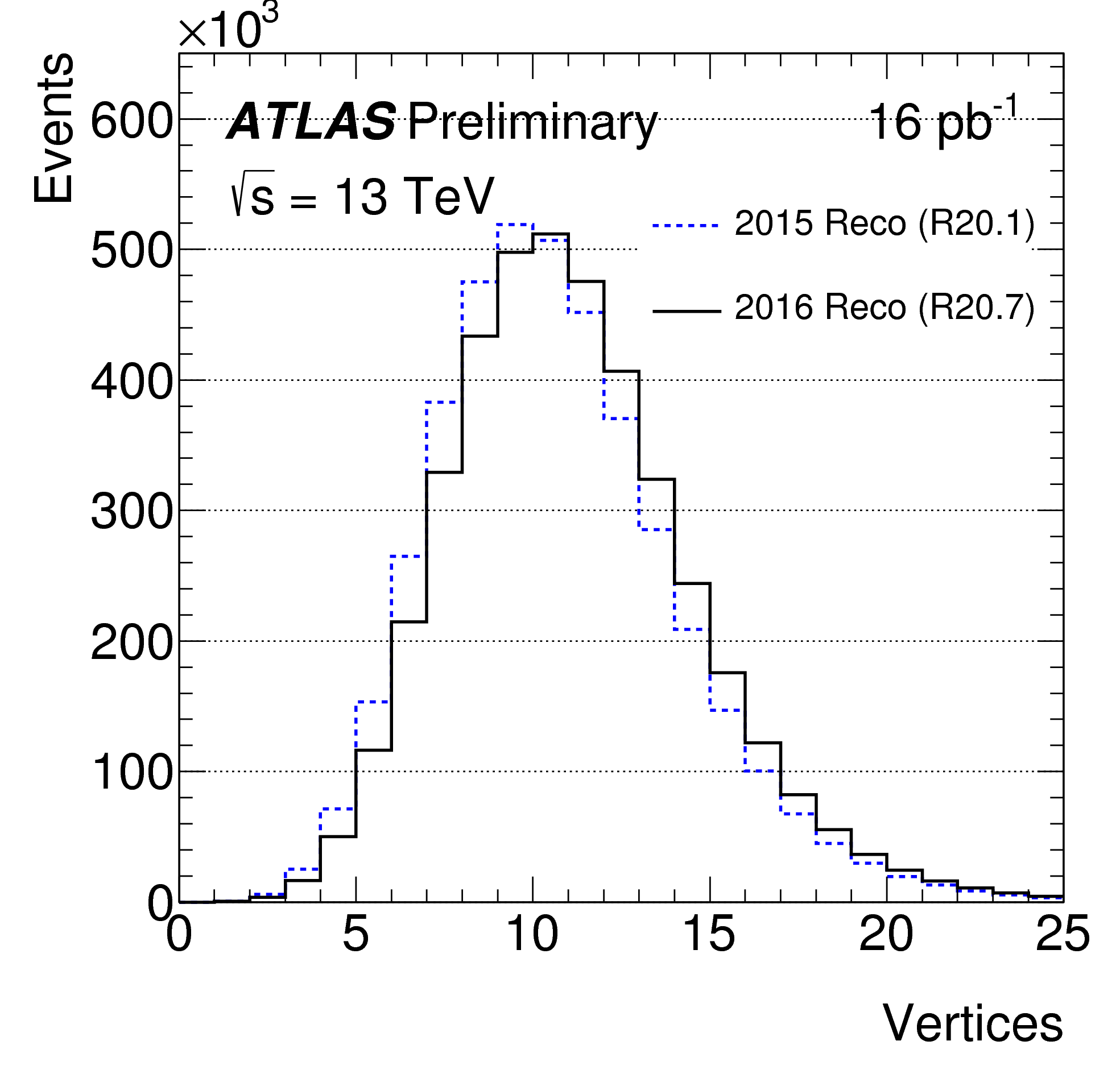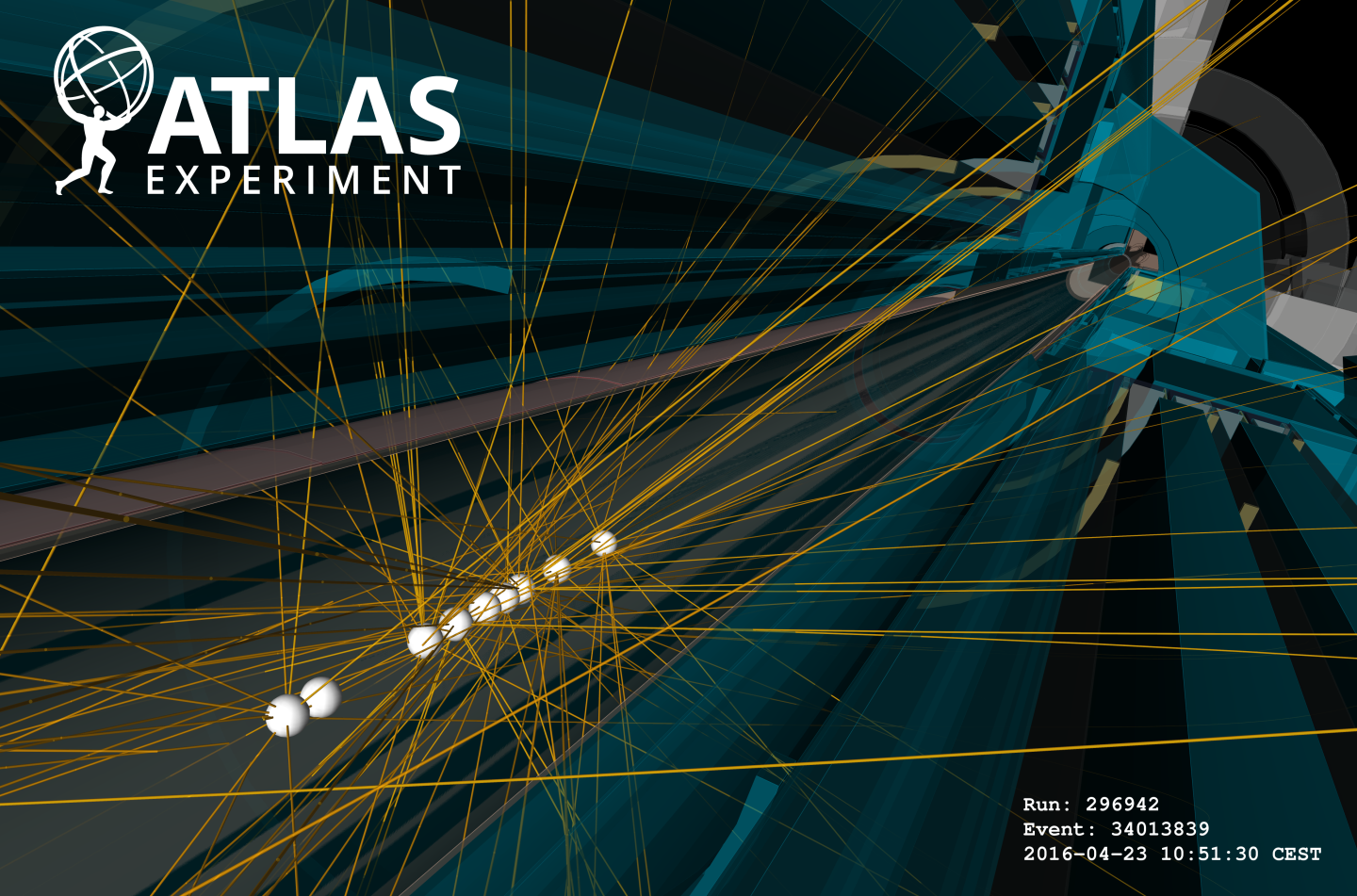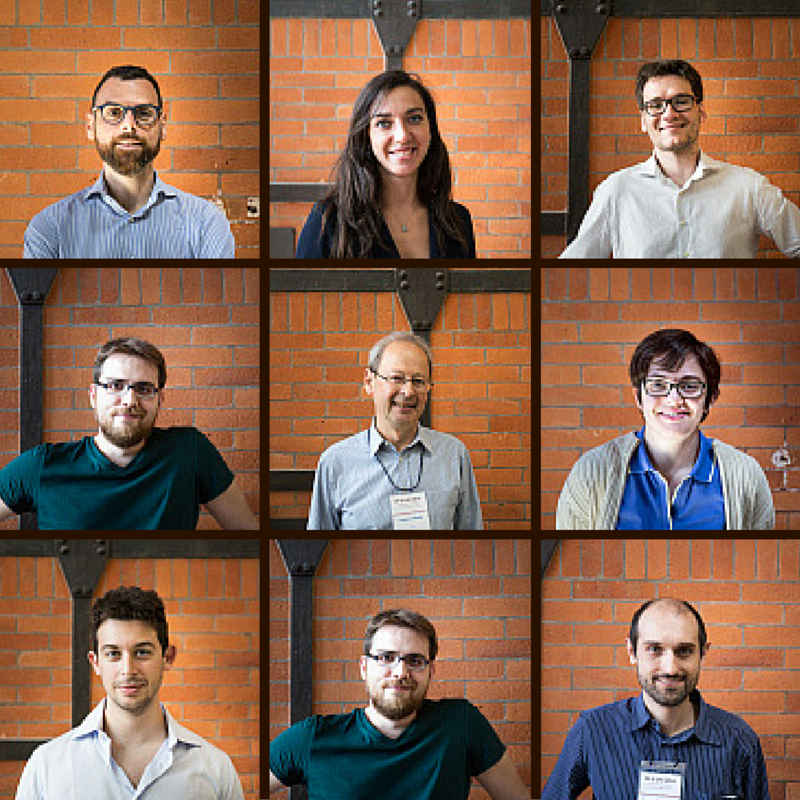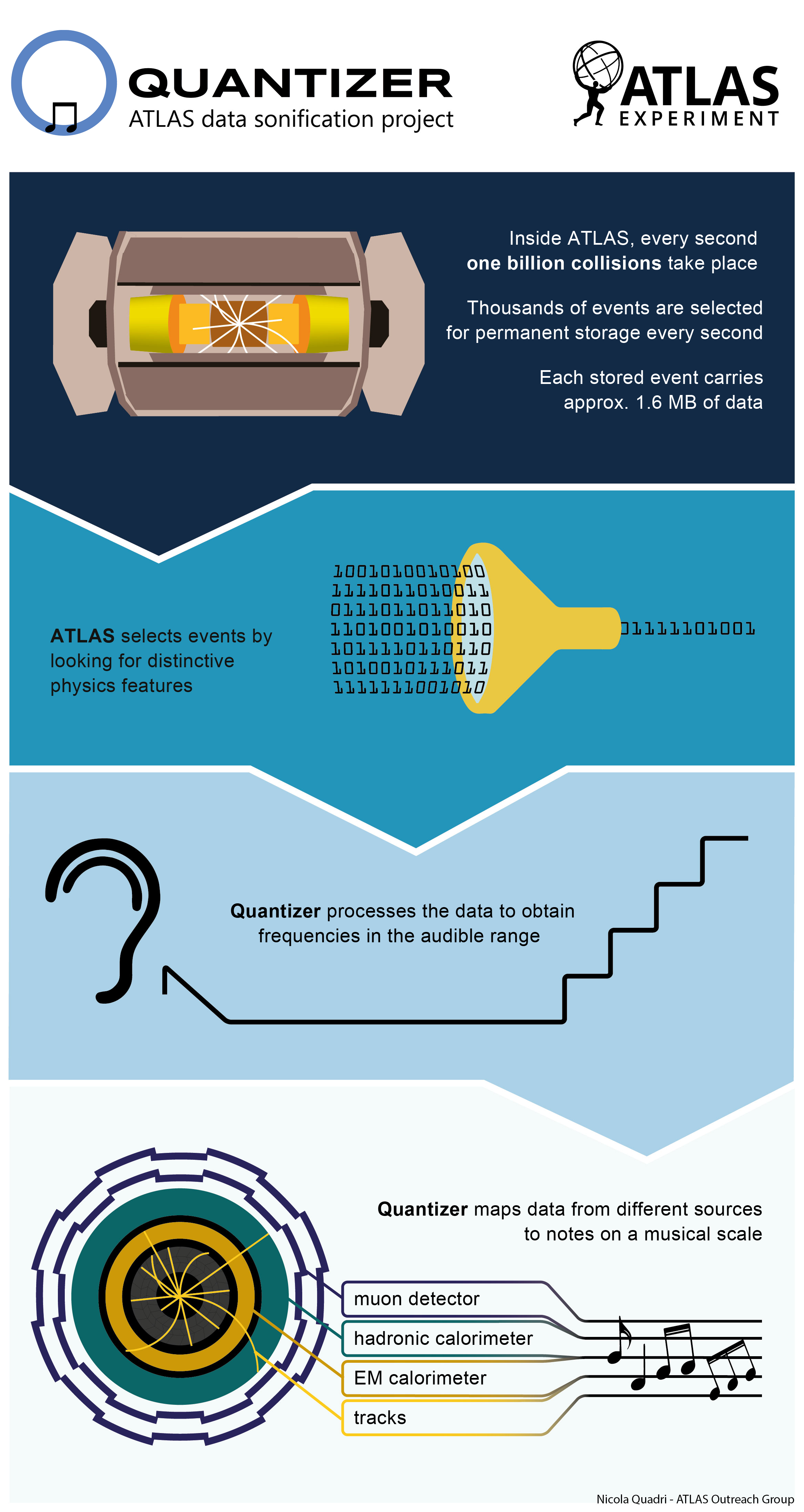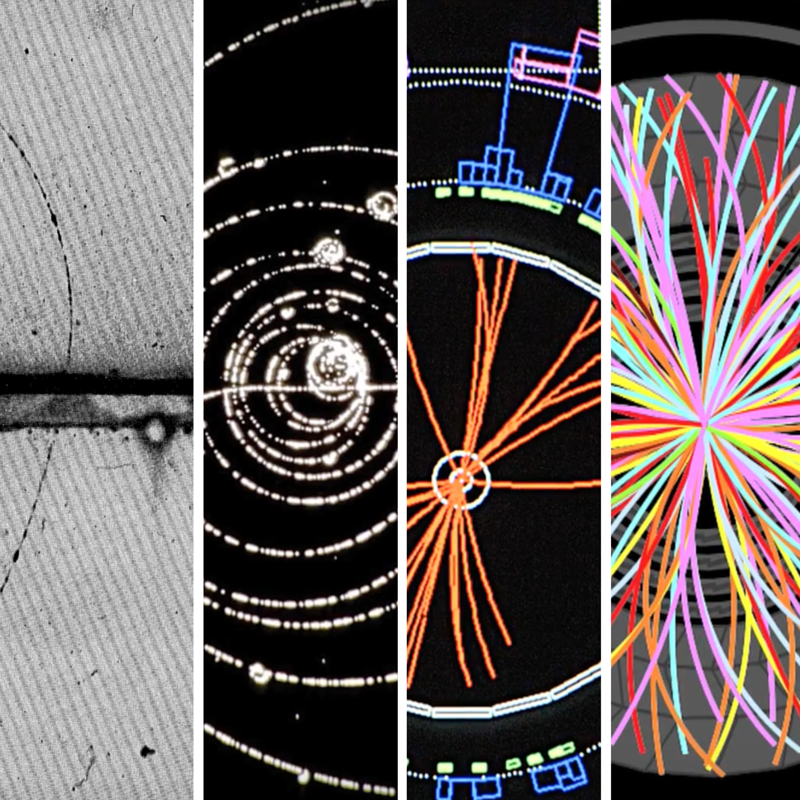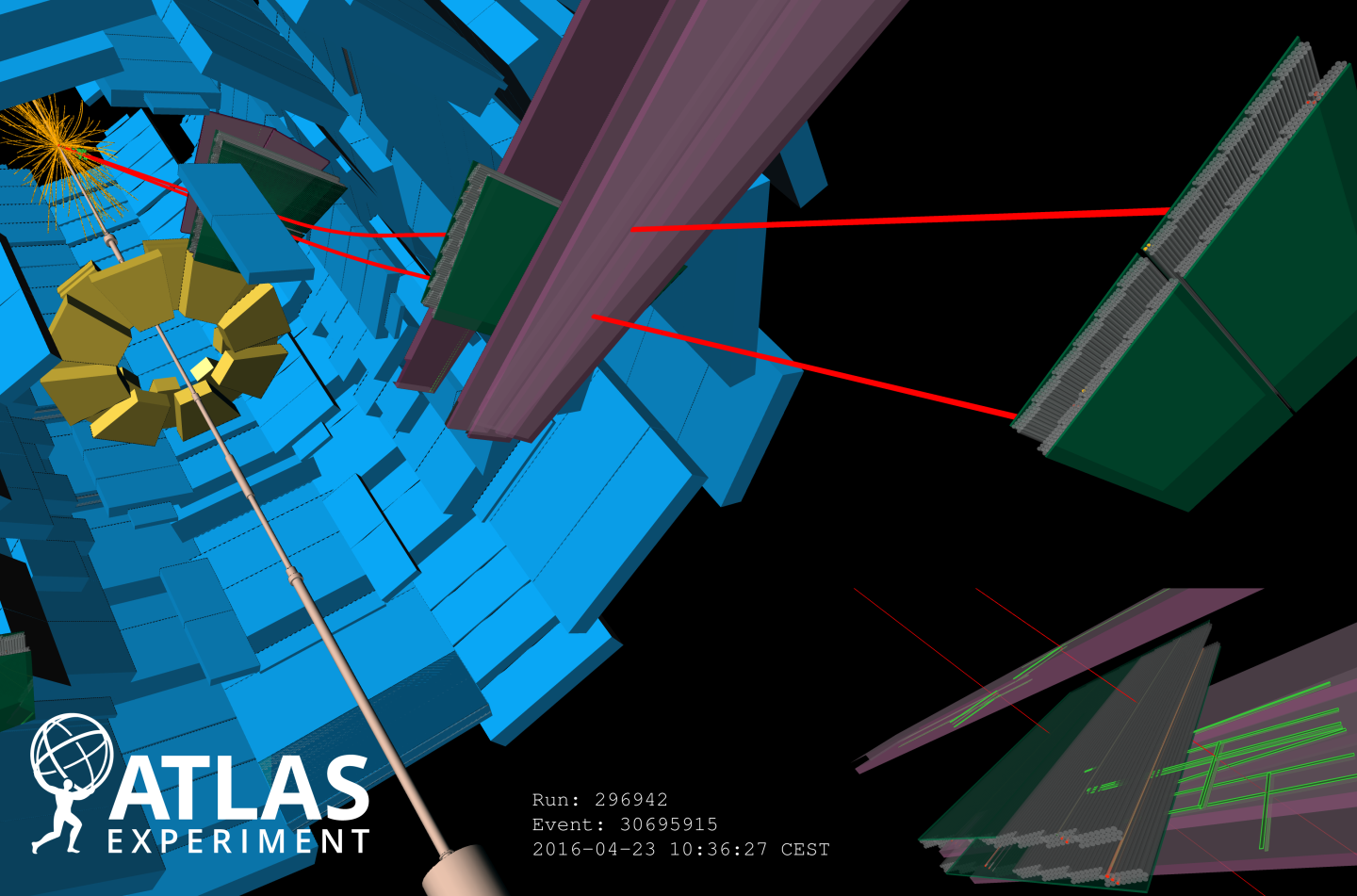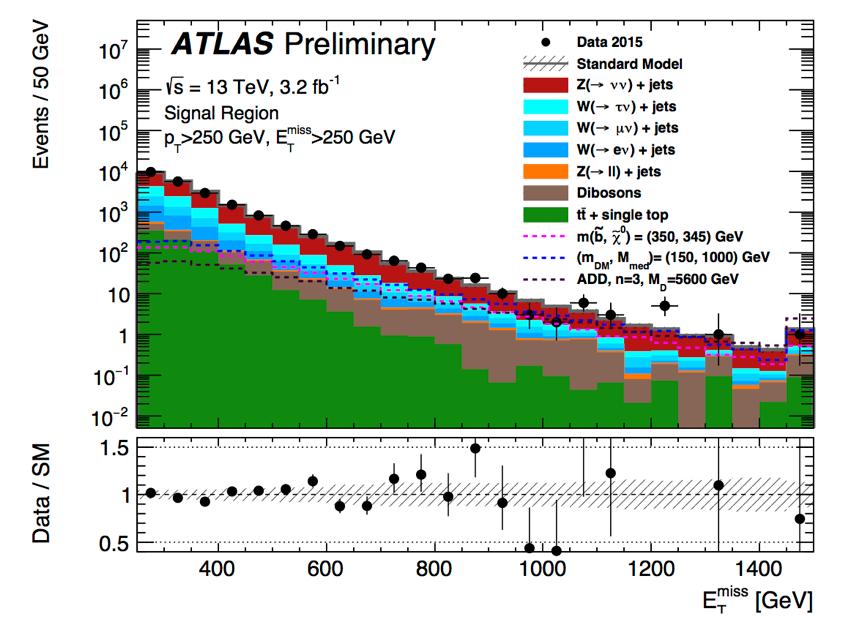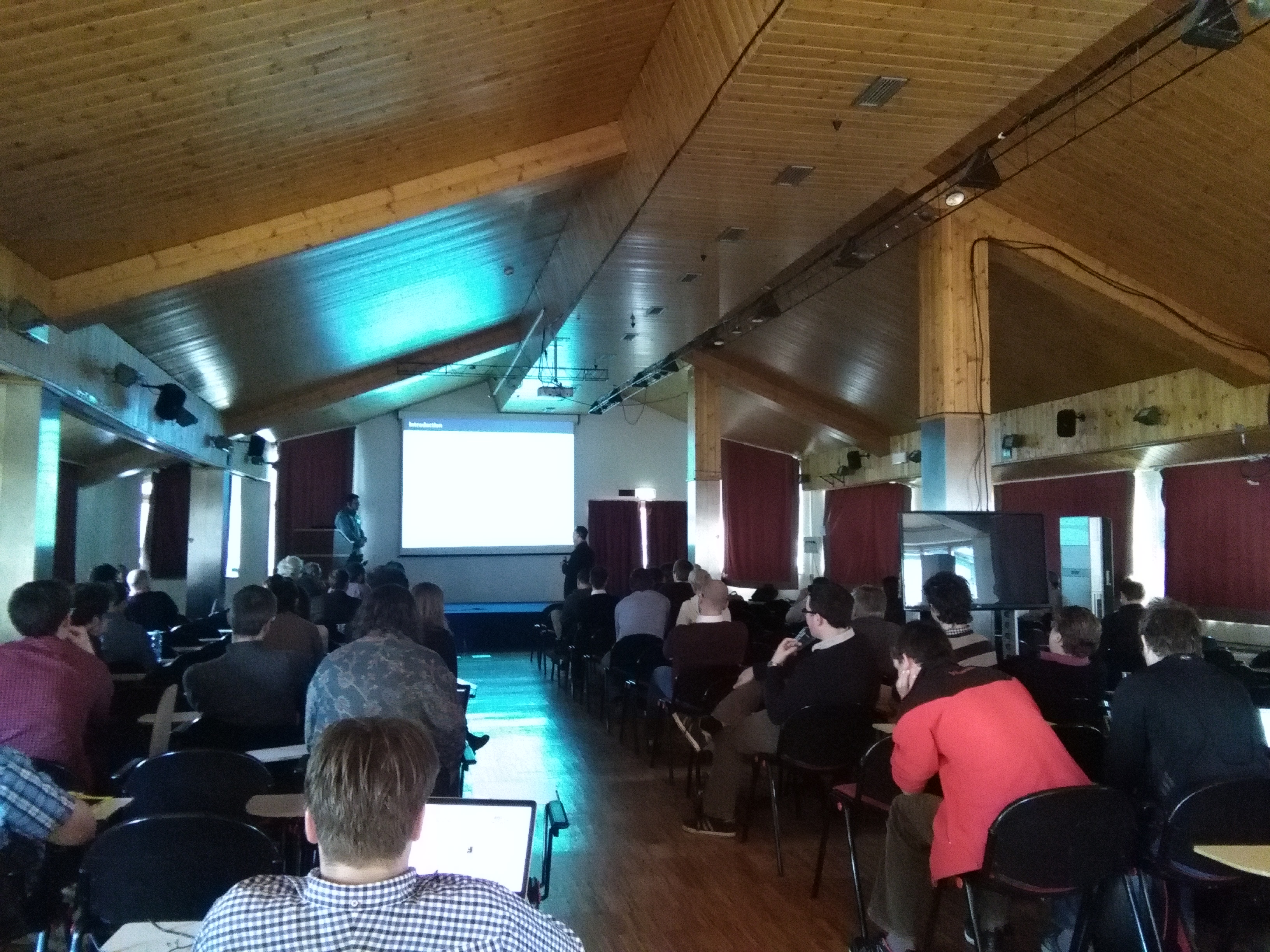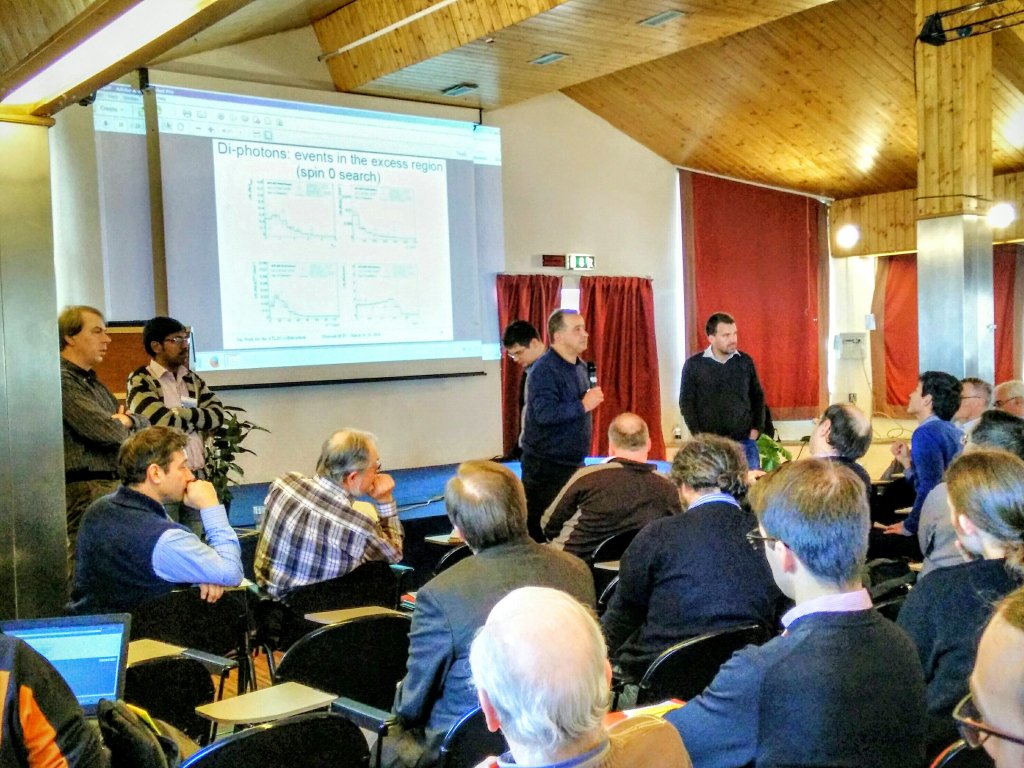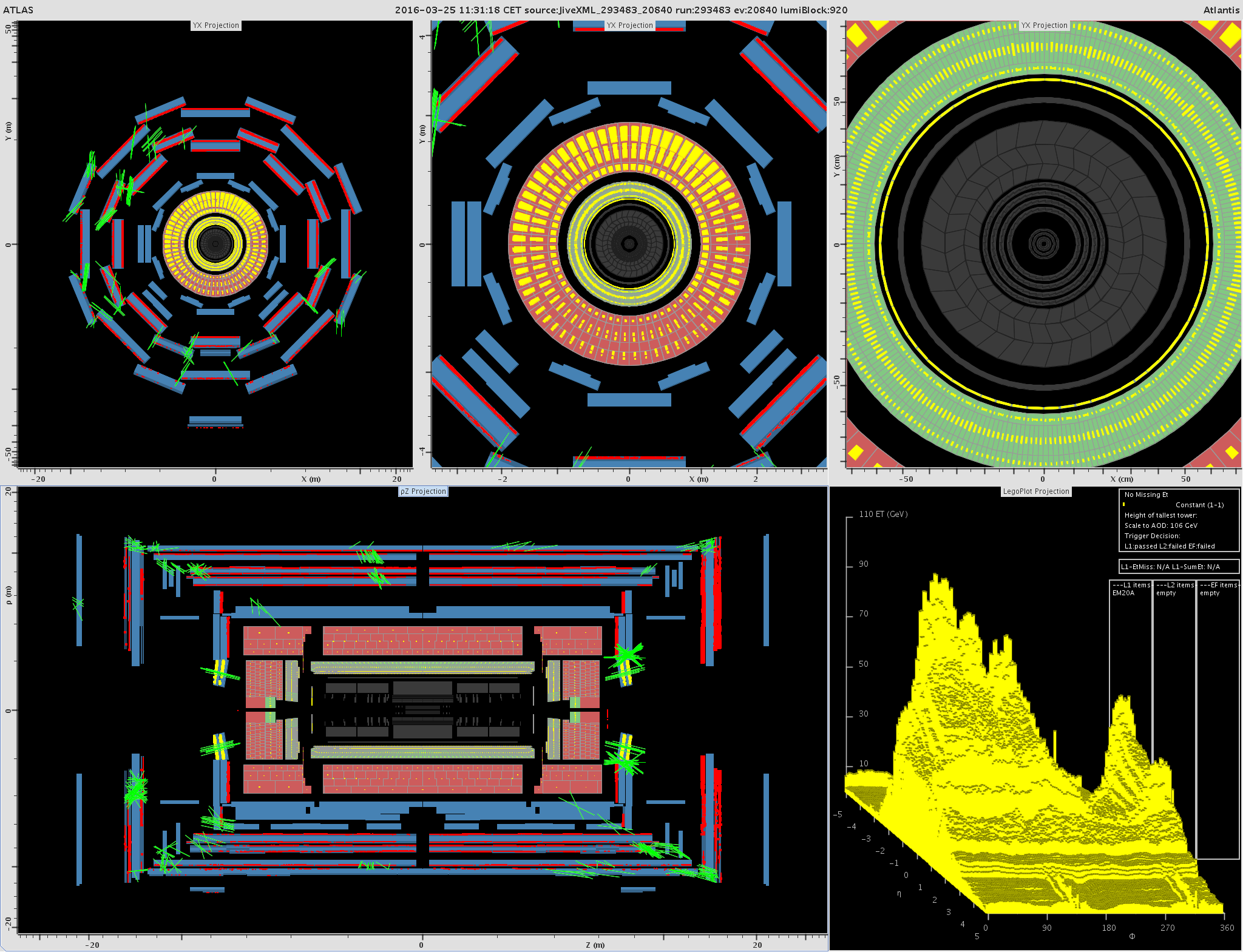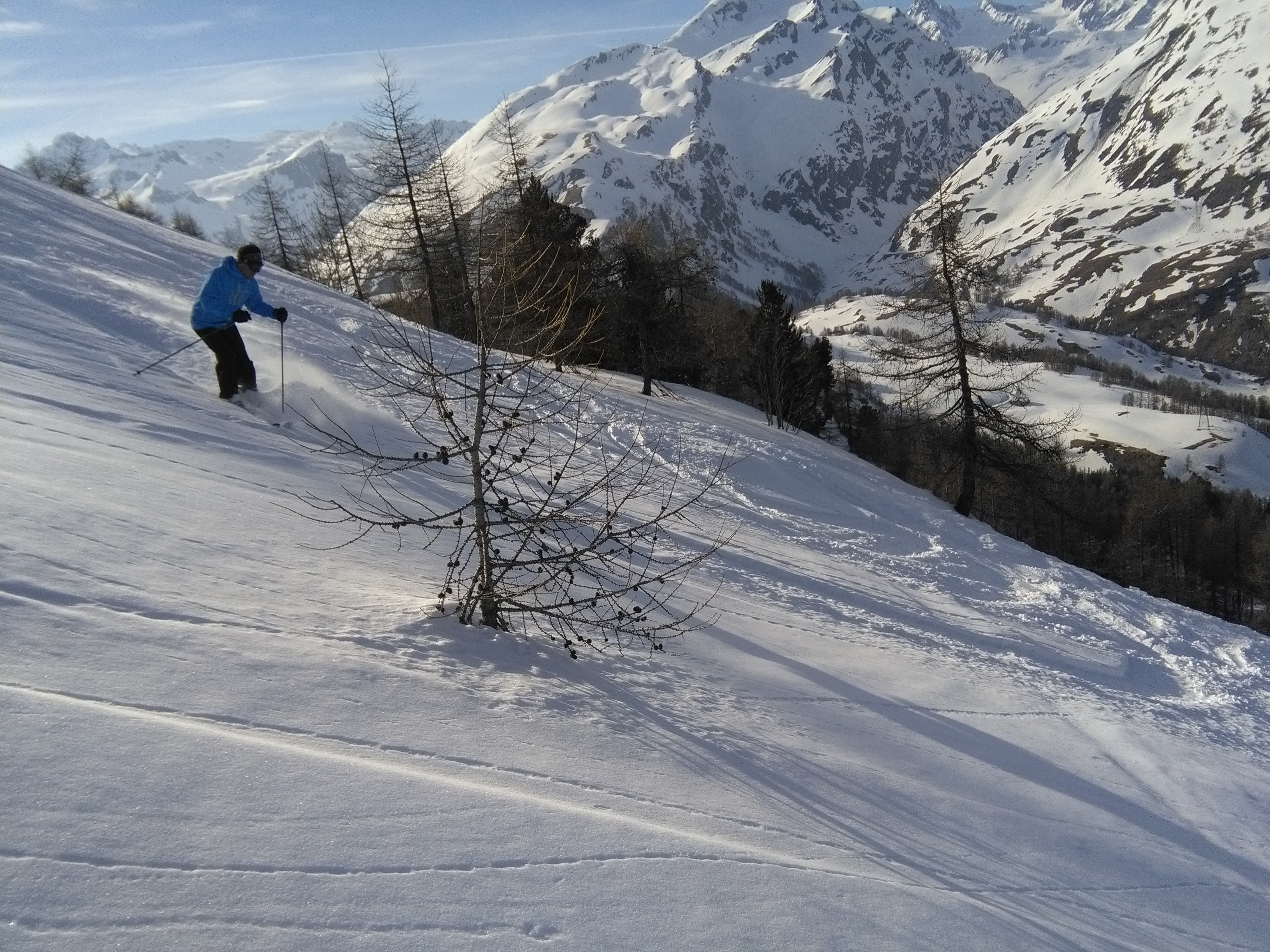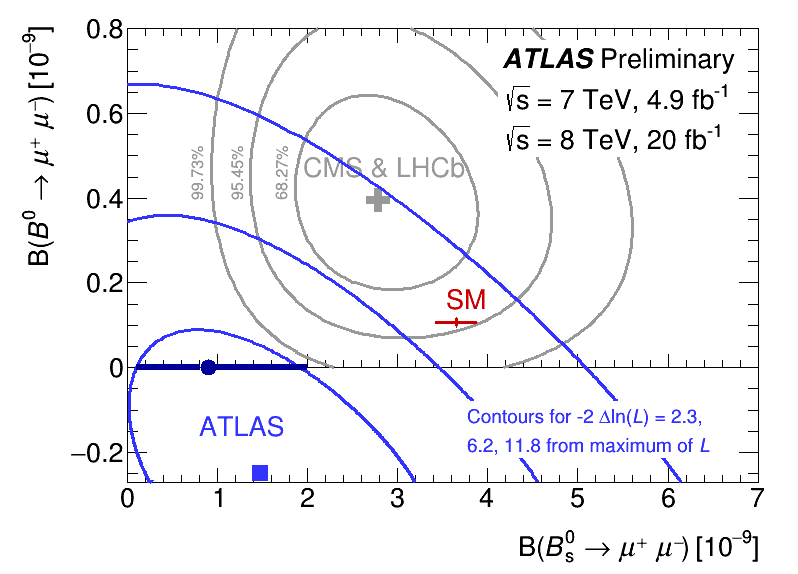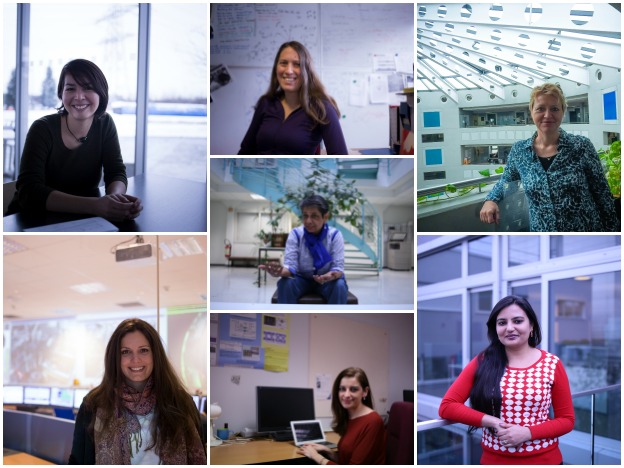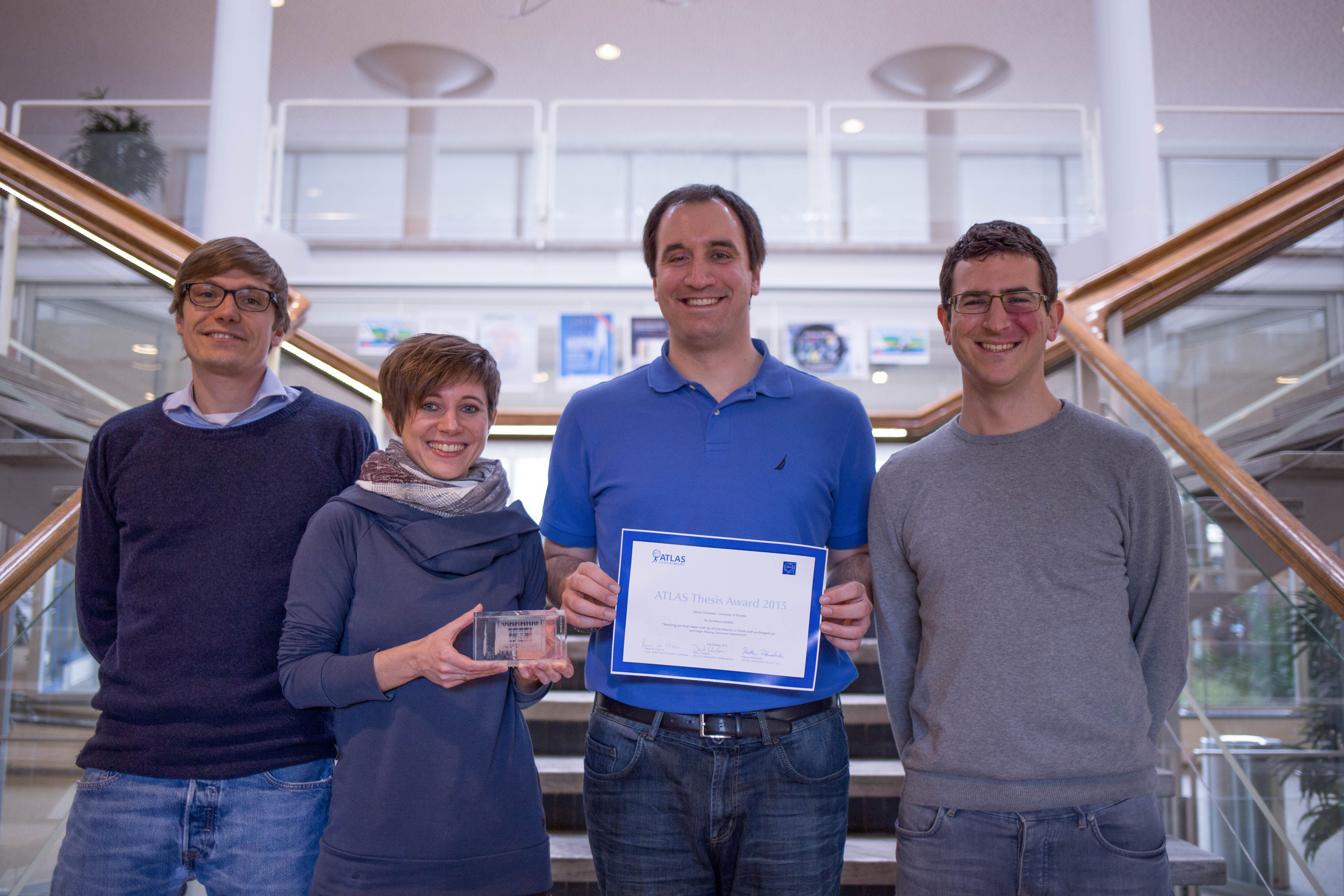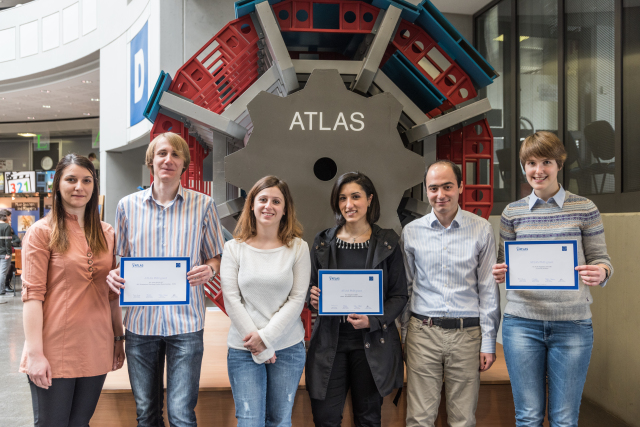Stacking the building blocks of the 2016 ATLAS physics programme
2016 is set to be an outstanding year for the ATLAS experiment and the Large Hadron Collider. We’re expecting up to 10 times more data compared to 2015, which will allow us to make precise measurements of many known physics processes and to search for new physics.
ATLAS to present new results at LHCP conference
The Large Hadron Collider Physics (LHCP2016) conference kicked off today in Lund, Sweden. Held annually, the LHCP conference is an opportunity for experimental and theoretical physicists to discuss results from across the high-energy physics community. From Standard Model Physics and Heavy Ion Physics to Supersymmetry and other Beyond Standard Model investigations, the conference unites the disciplines to examine recent progress and consider future developments.
News |
An insider view of the "marten affair"
Friday morning, 29 April 2016: what was expected to be a productive shift turned out to be very different.
Blog |
Spring celebrations in Pisa as the LHC restarts
PP@LHC is an Italian conference with important contributions by foreign institutes, focused on the proton-proton physics performed at the LHC by the ATLAS, CMS and LHCb experiments. The aim of this year’s edition was not only to give an overview on the current status of LHC research, but to focus on future challenges with the upcoming new data.
Blog |
Make music with ATLAS data
From techno beats to classical melodies, from jazz swinging to pop and rock riffs – the ATLAS experiment can play them all. Thanks to Quantizer, a platform that translates ATLAS events into notes and rhythms, one of the most complex scientific instruments in the world will not only search for new physics, but also generate music.
News |
Picturing particles
Spring is now in full bloom at the ATLAS experiment which recorded the year’s first collisions for physics on Monday, 9 May. Event displays from these collisions were immediately streaming on the ATLAS live website, with some shared across social media platforms.
News |
ATLAS continues to explore the 13 TeV frontier
ATLAS is back and better than ever! With 13 TeV beams circulating in the Large Hadron Collider, the ATLAS experiment is now recording data for physics. This milestone marks the start of the second year of “Run 2” as ATLAS continues its exploration of 13 TeV energy frontier.
News |
The search for the dark side of the Universe
ATLAS scientists have just released a new publication with results based on an analysis of the early Run 2 data collected in 2015 using 13 TeV proton-proton collisions.
Wanted: SUSY particle still at large
According to classical electrodynamics, the electromagnetic energy (and mass) of a point-like electron should be infinite. This is of course not the case! The solution of the riddle is antimatter - the ‘vacuum’ around every electron is filled with a cloud of electrons and anti-electrons and the combined energy turns out to be finite.
One does not simply give a talk at Moriond
The third day of the Moriond QCD conference was dedicated to quantum chromodynamics (QCD), the theory that describes strong interactions itself.
Blog |
Bumps in the light
Here we are at the second blog from the Moriond QCD conference and, as promised, I will discuss a bit of physics.
Blog |
Spring awakening for the ATLAS experiment
This morning the Large Hadron Collider (LHC) circulated the first proton-proton beams of 2016 around its 27 kilometre circumference. The beams were met with great enthusiasm in the ATLAS Control Centre as they passed through the ATLAS experiment.
News |
First impressions from the Moriond conference
My name is Mario Campanelli, and I am a physicist who has been working for about 9 years on the ATLAS experiment, as part of the academic staff of University College London. This is the first time I write a blog, but I do have quite an experience in communicating science to the public, having guided visitors around CERN since I started working there as a PhD student 20 years ago, and also having written two books for the general public. Since Saturday I have been in La Thuile, a mountain resort in the Italian Alps, for the Rencontres de Moriond - arguably the most important winter conference in particle physics.
Blog |
Searching beyond the Standard Model with photon pairs
The ATLAS Collaboration uses two selections in this search, one optimised for Higgs-like particles that are expected to have a strong signal compared to background with both photons in the central region of the detector (the “spin-0” selection) and a second optimised for graviton-like particles (the “spin-2” selection) which often have at least one photon close to the LHC proton beam axis.
Chasing after elusive B meson decays into muons
Almost four years following the discovery of the Higgs boson, LHC experiments are now more than ever exploring the possibility of new particles and new effects beyond the Standard Model.
Are there more Higgs bosons?
The results presented by the ATLAS collaboration during the Moriond Electroweak 2016 conference set new limits on a potential extended Higgs sector.
ATLAS presents new results at Moriond conference
This year’s 50th anniversary edition of the “Moriond Electroweak and Unified Theories” conference at La Thuile in Italy featured the presentation and discussion of first results from the LHC full-year 2015 data samples (“Run 2”) collected by the LHC experiments at unprecedented 13 TeV proton-proton collision energy.
News |
Meet 7 inspiring women from the ATLAS experiment
Women play key roles in the ATLAS Collaboration: from young physicists at the start of their careers to analysis group leaders and spokespersons of the collaboration. Celebrate International Women’s Day by meeting a few of these inspiring ATLAS researchers.
News |
ATLAS announces Thesis Award winners
On 25 February 2016 in CERN's Main Auditorium, the ATLAS collaboration announced the winners of the 2015 ATLAS Thesis Awards: Javier Montejo Berlingen, Ruth Pöttgen, Nils Ruthmann, and Steven Schramm. The winners were selected by the ATLAS Thesis Awards Committee for their outstanding contributions to the collaboration in the context of a PhD thesis. A total of 33 nominations were received, all of a very high standard and encompassing major achievements in all areas of ATLAS results and activities.
News |
Recipients of the ATLAS PhD Grant announced
Three young physicists – Ruth Jacobs, Artem Basalaev and Nedaa B I Asbah – have been named the recipients of the 2015 ATLAS PhD Grant.
News |
One week to do it all – Day 3: Preparing for Stable Beam
Tuesday at 23:55 I called the ATLAS shift leader and told them to stop the elastic physics run and ramp down the inner detector as the elastic program was over.
Blog |
One week to do it all – Day 1: Setting up
I have the pleasure to work for a very special sub-detector of ATLAS, called “Absolute luminosity For ATLAS” or ALFA in short.
Blog |
The hills are alive, with the sound of gravitational waves
It’s 16:00 CET at CERN and I’m sitting in the CERN Main Auditorium. The room is buzzing with excitement, not unlike the day in 2012 when the Higgs discovery was announced in this very room. But today the announcement is not from CERN, but the LIGO experiment which is spread across two continents. Many expect the announcement to be about a discovery of gravitational waves, as predicted by Einstein in 1916, but which have remained elusive until today…
Blog |





